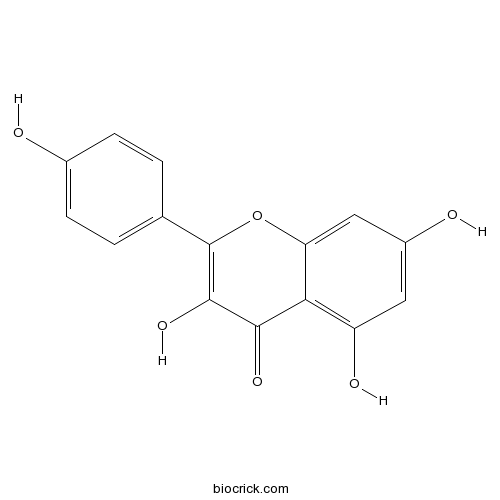Aster souliei
Aster souliei
1. The products in our compound library are selected from thousands of unique natural products; 2. It has the characteristics of diverse structure, diverse sources and wide coverage of activities; 3. Provide information on the activity of products from major journals, patents and research reports around the world, providing theoretical direction and research basis for further research and screening; 4. Free combination according to the type, source, target and disease of natural product; 5. The compound powder is placed in a covered tube and then discharged into a 10 x 10 cryostat; 6. Transport in ice pack or dry ice pack. Please store it at -20 °C as soon as possible after receiving the product, and use it as soon as possible after opening.
Natural products/compounds from Aster souliei
- Cat.No. Product Name CAS Number COA
-
BCN5940
Dipsacoside B33289-85-9
Instructions

-
BCN5653
Kaempferol520-18-3
Instructions

-
BCN5658
Apigenin520-36-5
Instructions

[Morphological and TLC identification on Tibetan medicine Asteris Flos].[Pubmed: 26552189]
Tibetan medicine Asteris Flos is the flowers of Aster souliei, A. flaccidus, and A. asteroides, with the function of clearing away heat and toxic matter, relieving cough, and removing phlegm. In order to control the quality of Asteris Flos, the morphological and chemical methods were established for identification of three origins. The morphological features of three species were described and photographed, and the microscopic characteristics of three drug powders were also described in detail and pictured. The results showed that three origins of Asteris Flos could be easily distinguished by their macro- and micro-morphologic features, and a key for distinguishing the three origins was given. Moreover, a TLC method, with apigenin-7-O-β-D-glucurono pyranoside and chlorogenic acid as chemical references, was also established for the identification of three origins. The results showed that the TLC chromatograms of the flowers of A. souliei and A. flaccidus were very similar, but different from that of A. asteroides. The established macroscopic, powder microscopic and TLC methods for identification of three origins of AF were simple, accurate, and reproducible, and also effective and easy to operate.


